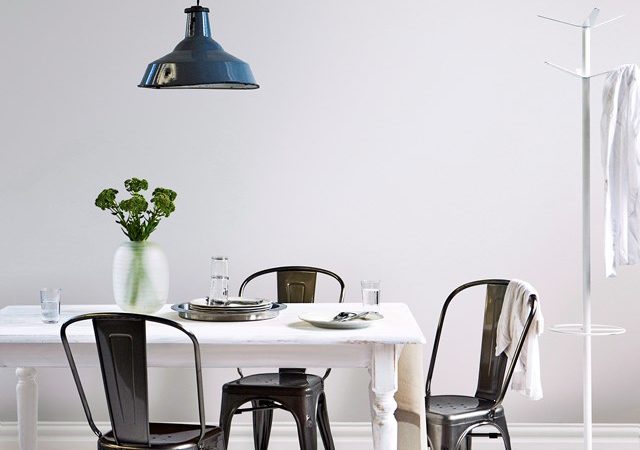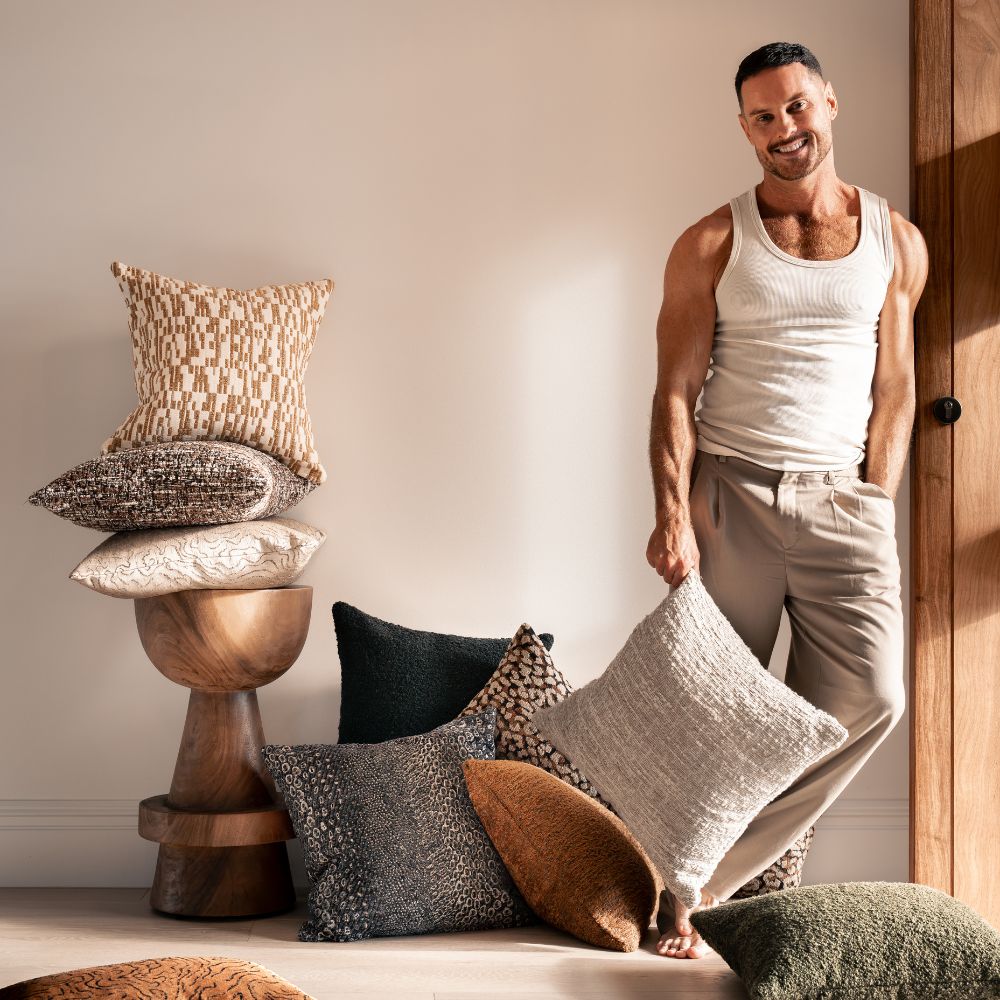How to get the perfect paint finish

How to get the perfect paint finish
Choosing a palette is important but selecting the right finish gets you across the line, writes Darren Palmer, whose colour preferences run warm to cool.
Oct 07, 2016 7:15am
Go anywhere near a hardware store on a long weekend and you’ll see people buzzing about, dipping in and out of the paint swatches like bees in a multi-coloured meadow. There’s nothing quite like the instant gratification of rolling your first layer of new colour onto old, tired walls.
Paint is one of the quickest and cheapest ways to transform a space and most people can do at least a passable job.
Repainting isn’t necessarily about making a bold new colour choice. In fact, whites are still the highest-selling paints. However, anyone who’s been anywhere near the white palette swatch wall or opened the big colour atlases can tell you that white isn’t always just white. It can be dark or light, with undertones of red, blue, green, brown, pink or grey and every other hue to boot.
White isn’t always white
How do you navigate the white swatch book when faced with myriad options? The answer as always is working with your space and the available light to be sure the colour works for you. But first you need to know the basics of colour theory.
You can basically break colours into two types: warm and cool. Warm colours and whites have a red, yellow or orange base, and can also be brown-based. Cool whites have a blue, green or purple base; cool grey-based whites are included here as well.
A white without a warm or cool aspect isn’t always a pure white because tone comes into play. Tone describes the lightness or darkness of a colour, or how much black or grey makes its way into the final mix.
A pure white has no pigment, hue or tone but the only place you generally find this colour is on ceilings. Adding even the smallest amount of pigment increases a paint’s ability to cover evenly, which is not so essential on ceilings.
 tend to have a blue base – cool, crisp and bold. Perfect for a contemporary home or higher contrast.](https://d3lp4xedbqa8a5.cloudfront.net/s3/digital-cougar-assets/homes/2016/03/23/1458703278251_201004303669406743.jpg?width=640&height=&mode=crop&anchor=topcenter&quality=75?width=690&height=&mode=crop&quality=75)
How to choose paint finishes
Colour also varies depending on the type of paint, with gloss, sheen and matt all having a slightly different appearance.
A low-sheen, wash-and-wear finish is the broadest and most sensible choice for walls as it hides finger prints and smudges. Wash and wear allows you to simply wipe your walls clean.
Matt and gloss are unlikely solutions for walls as they are less forgiving in terms of wear and tear, but they are good for woodwork as long as you use an enamel product. Enamel is important for areas such as doors, frames and skirting boards, which come into contact with people far more than walls and need to stand up to mops and vacuum cleaners.
Ceilings almost always have a flat finish as it forgives more inconsistencies than paint with any level of gloss or reflectiveness (which allows you to see any sanding marks, joins or bumps in your ceiling by bouncing light back at you). You’ll be surprised by how keeping light from reflecting off a painted surface allows you to get away with a few bumps and scratches.
Try this paint sampling trick
Once you’ve found your top two or five colour choices, you’ll want to buy sample pots and get colour on the walls, right? Wrong.
Yes, buy some sample pots but resist the urge to slap the colours directly onto the walls and consider the following tip instead.
Get yourself some white A3 cardboard from a newsagent and apply your paint onto it with a small roller, allowing time for it to dry before applying a second coat.
This allows you to move your paint colours around the room, trying them in different areas to see how the light – or lack thereof – affects them. The type or degree of light in different parts of the room alters colour.
Having your choices on boards allows you to move them next to floors, doors and woodwork to see how they work (whether they complement or contrast, for example) with their surroundings. This will give the best possible indication of the finished look.
.](https://d3lp4xedbqa8a5.cloudfront.net/s3/digital-cougar-assets/homes/2015/08/05/1816/HERO_201001123668365023_v0.2.jpg?width=1174&mode=crop&anchor=topcenter&quality=75?width=690&height=&mode=crop&quality=75)
Originally published as: https://www.homestolove.com.au/how-to-get-the-perfect-paint-finish-4182







Leave a comment